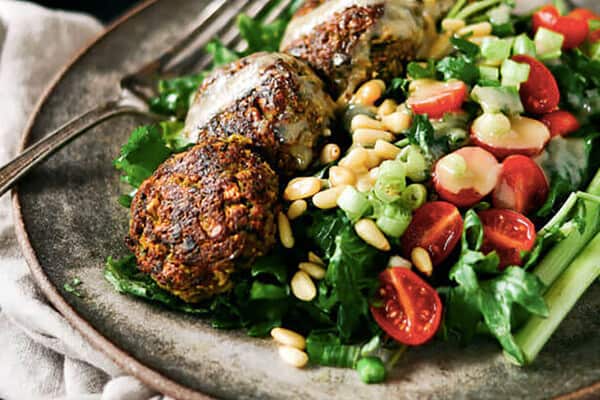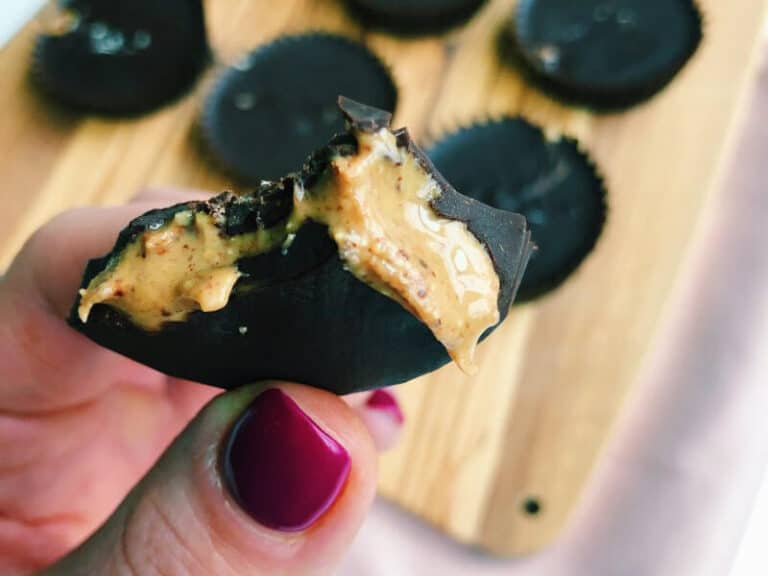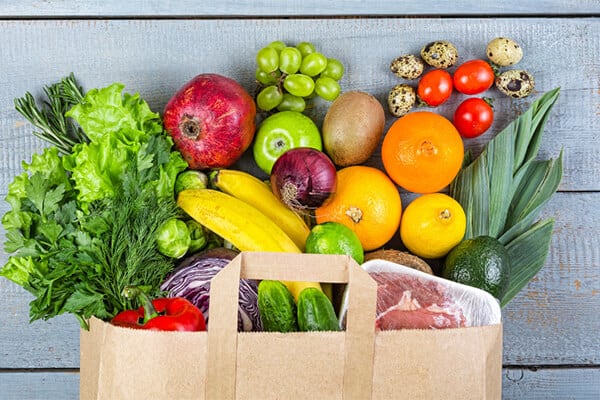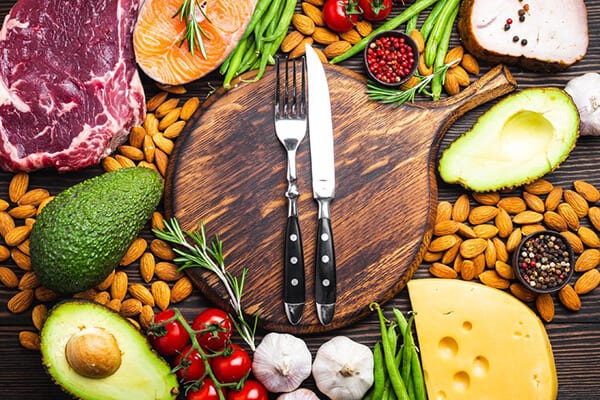Paleo vs Keto vs Whole30
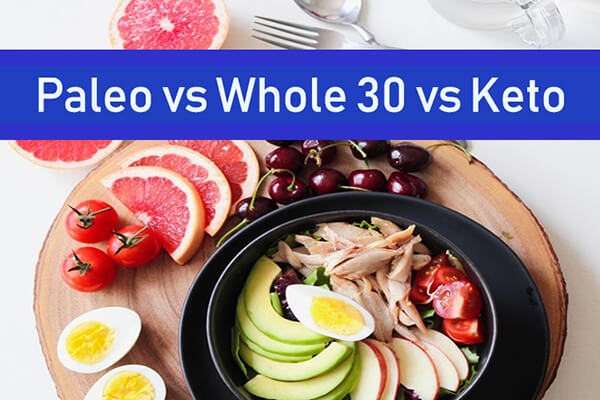
Keto vs Paleo vs Whole30: what is the difference and which is better? Whole30, keto, and paleo are three of the most common diets out there. Because of their great health benefits, many get stuck on deciding which is best and which is easy to follow.
These three diets provide a wide range of benefits, which is why many are often stuck between choosing any of them. In this article, we will take a close look at these diets. There are similarities between these diets but they all have different purposes and guidelines. Here is everything there is to know about these diets.
Keto Overview
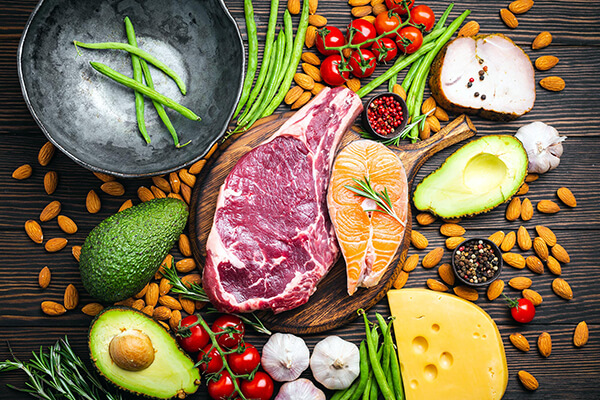
The keto diet, also known as the Ketogenic diet, is a unique type of diet. Keto is a strict high-fat, low-carb approach to weight loss and dieting. The aim of the diet is to get your body in a state called nutritional ketosis. When on this diet, your body will move from burning carbs for energy to tap into the fat reserves of the body because of the limited carbs, which are not enough to fuel metabolism.
In Ketosis, you have to stick to only keto-approved diets. The approved foods will restrict your carb intake significantly and increase your fat intake. With the reduction of carbs in your body, your body will adjust to burning fats (ketones) as fuel instead of carbs.
Read more: Whole30 Vs Keto
The keto diet means adhering to a strict keto meal plan or tracking your macros (daily consumption of protein, fat, and carbohydrates), ensuring your carb intake is within the range of 20 to 50 grams daily. The major challenge of the ketogenic diet is its restrictiveness. Like other dieting programs, you have to give up most of your favorite foods and drinks. This diet makes you give up all carb sources such as sweet potatoes and starchy veggies. You would also have to give up some fruits.
Read more : 9 Whole30 Dessert Recipes You’ll Love
Keto-Approved Foods
- Meats
- Fish
- Non-starchy veggies
- Poultry
- Low-glycemic fruits such as strawberries, raspberries, and blackberries
- Seeds and nuts
- Seafood
- Healthy fats and oils
- Low-carb sweeteners such as monk fruit, erythritol, and stevia
- Eggs
- Full-fat dairy such as cheese, heavy cream, and yogurt.
Foods Not Allowed on Keto
- Grains including wheat and flour
- Processed foods
- All sugars – including natural sugars
- Gluten
- Starch veggies
- Most fruits
- Legumes including peanuts, soy, and beans
Read more: Whole30 Dinner Recipes
Keto Pros
One of the major advantages of the keto diet is weight loss. Over the years, people who adhere to the rules of this diet experienced massive weight loss. This dieting program also provides a wide range of benefits besides weight loss. This diet can help treat seizures and other medical issues like Type 2 diabetes. Low-carb diets are known to help keep diabetes under control.
Read more: Whole 30 Meals | Whole 30 Day by Day Meal Plan
Keto Cons
One of the downsides of this diet is that it is highly restrictive. It is more restrictive than the majority of low-carb diets out there. If you are on this diet, you need to track your ketone levels or carb levels to make sure your body gets into ketosis.
Eating carb-dense diets can stop the production of ketones by the liver. You also have to stay away from some of your favorite food groups such as legumes, grains, and some fruits. Some veggies are also not allowed in this diet. Hence, your body might lack some vital nutrients if you play by the rules of this diet strictly for a long timeframe. The diet is also pretty difficult to stick to because of its restrictiveness and initial side effects.
Read more: Whole30 Foods to Avoid
Paleo Diet Overview

Next up, we have the paleo diet. This is an elimination diet that introduces you to certain food groups while cutting out others. The diet is focused on helping you to eat healthy, whole, and natural foods that will nourish your body. The paleo diet is about staying away from processed and inflammatory foods that might leave you feeling sluggish, tired, and rundown. The program encourages us to eat more nutritionally dense foods.
Another common name for this diet is the “caveman” diet. It encourages people to consume foods that our ancestors consumed in the Paleolithic era, which are foods they go via hunting and gathering.
The paleo diet also has a long list of foods that you are to avoid, including bread, corn, flour, rice, and other grains. You also have to stay away from legumes and beans, including peanuts and soy. If you are sensitive to gluten or allergic to soy, peanuts, or wheat, then this diet is perfect for you, as it eliminates all these food groups.
No forms of dairy are also allowed in this diet. For many people, dairy often causes stomach and inflammation issues. The only dairy accepted in the paleo diet is ghee, which is also known as clarified butter. This dairy is safe and does not cause any negative effects. The diet also prohibits refined sugars. It accepts natural sweeteners such as stevia, honey, and maple syrup.
The paleo is a bit flexible, and it is more of a long-term program, which is why many find it easy to do. The diet allows for a wide range of foods, which makes the journey easy for many paleo dieters.
Read more: Reasons to Hire a Whole 30 Coach
Paleo-Approved Foods
- Poultry
- Fish
- Meats
- Seafood
- Vegetables
- Nuts and seeds
- Fruits
- Eggs
- Herbs and spices
- Healthy fats and oils
Read more: Whole30 and Pregnancy
Foods Not Allowed in Paleo Diet
- Gluten
- Processed food
- Refined sugar
- Dairy except for ghee
- Legumes including peanuts, soy, and beans
- Grain including wheat and flour
read more: Whole30 Breakfast
Paleo Pros
The aim of the paleo diet is to help you eat clean. It cuts out processed foods and those can result in inflammation issues. The paleo also has a lot of restrictions, which result in weight loss for many people. In addition to helping you lose weight, this diet will also help to enhance your overall health and wellbeing.
Read more: Whole30 Allowed Foods
Paleo Cons
One of the major downsides of the paleo diet is its cost. However, whether the diet is expensive or not depends on the type of foods you eat before this diet. While following the paleo diet, you would have to stay away from whole grains, which are great sources of carbs and fiber. Vegans and vegetarians can find the eating pattern of paleo a bit difficult because it emphasizes animal-based proteins instead of plant-based proteins.
Read more: A Comprehensive List of Whole30-Approved Foods
Which is healthier keto or paleo?
Both keto and paleo are great elimination diets when it comes to weight loss and enhancing one’s overall health and wellbeing. However, many nutritionists believe that paleo is a much better option when it comes to improving one’s overall health because it is less restrictive and it allows for many veggies, fruits, and lean protein, which are all very useful to the body.
Read more: Best Whole30 Approved Snacks
Do you lose more weight on keto or paleo?
Both keto and paleo come in handy when it comes to weight loss. The paleo diet provides fuel for your body by burning fat and protein while the keto diet provides fuel for your body by burning fat only, which later metabolizes into ketones. As such, both diets can result in weight loss. The paleo diet is known to be highly effective at reducing belly fat. However, in general, keto will help you lose more weight because it burns only fat for fuel.
Read more: Paleo and Whole30
Whole30

Whole30 is one of the most popular dieting programs out there. This diet looks like the paleo diet when it comes to cutting out food groups such as legumes, grains, gluten, dairy, and processed foods. However, whole30 took it up a notch by eliminating recreated versions of baked goods, junk foods, and treats.
The program also eliminates alcohol; you are not even allowed to cook with alcohol. Smoking or consuming any tobacco products is also not allowed. The Whole30 program also frowns at sweeteners and added sugars – both natural and artificial sweeteners. During the program, you are meant to stick with whole, natural foods for 30 days, hence the name.
The aim of the program is to reset your nutrition and help you create a better relationship with food. The program will also teach you how the food you eat affects your body composition and health. However, whole30 is also restrictive like other diets. The restrictiveness is a challenge for many people, as they have a hard time transitioning from consuming processed and sugary foods to eating whole, natural foods.
The program has a set of rules that guide it. In addition to the elimination of diet, you are not allowed to check your weight or take your body measurement during the program. If you slip or relapse during the 30 days, you are expected to start the program all over again from day one.
Whole30 does a great job of resetting one’s diet and changing their perspective about food. Many people also refer to Whole30 as a strict elimination diet. If you are on the mission of looking for the foods that cause intolerance, allergies, or reactions in your body, then whole30 is the best place to start.
The food we eat affects our health and general wellbeing. You can avoid many common health conditions and allergens on your diet such as milk soy, and wheat. After the 30-day period of the program, you will start reintroducing these foods to your body gradually. When you start reintroducing them, you would be able to pinpoint the foods that are causing problems in your body, and this will help you to eliminate them for good.
The short time frame of the program makes it more suitable for many dieters, as they can complete it in just 30 days. The program provides many mental, physical, and health benefits when you follow all the rules for the 30-day period.
Read more: Quick Whole30 Meals
Whole30-Approved Foods
- All types of veggies
- Fruits (in moderation)
- Poultry
- Nuts and seeds
- Eggs
- Fish
- Seafood
- Herbs and spices
- Healthy fats and oil
Read more: Nursing and Whole30
Foods Not Allowed in Whole30
- Gluten
- Processed foods
- All alcohol
- Legumes including peanuts, beans, and soy
- Added sugar and sweeteners – stevia, maple syrup, and honey.
- Diary – except ghee
- Grains including wheat and flour
Read more: Whole30 Vegetarian | Whole30 Meals for Vegetarians
Whole30 Pros
Even though it is not solely a weight loss diet, Whole30 has helped many people to lose weight. Whole30 focuses on your eating habit, health, and relationship with food. It has many benefits beyond fat. It also encourages you to eat plenty of fruits and veggies, which are very rich in antioxidants to help enhance your immune and digestive health.
Read more: Whole30 vs Elimination Diet
Whole30 Cons
The downside of this dieting program is that it eliminates whole grains completely, which are a great source of carbs, fiber, and other minerals and vitamins. Cheating is also not allowed in this program. If you relapse, even on the 28th day, you have to start from the beginning.
Read more: Whole30 Chicken Recipes
Keto vs Paleo vs Whole30: Which Is Better for Weight Loss

The ketogenic diet has a strong correlation with weight loss. The diet contributes to weight loss significantly because it makes you feel less hungry. The diet also reduces your carb intake, which would make your body burn more fats for fuel because there is not enough carb to burn.
The paleo diet also contributes to weight loss. However, this diet might result in the malnourishment of your body. To prevent this, you have to be very diligent about tracking your macronutrients, intake, and micronutrients. Calorie restriction is the major weight-losing factor in the diet. Nevertheless, you should avoid the mistake of cutting out foods like pasta and not replacing them with anything.
Whole30 is another restrictive diet that helps many people to lose weight. Many people who completed this challenge lost a lot of weight within the 30-day period. The program does not control portions neither does it count calories, but you would still be eating less, which is why many people tend to lose weight.
Read more: Whole 30 Menu
Keto, Paleo, and Whole30 Food Comparison Chart
| Keto | Paleo | Whole30 | |
| Seafood | Yes | Yes | Yes |
| Meat | Processed and unprocessed | Only processed | Only processed |
| Dairy | Low-carb, full-fat dairy, no light cream or milk | No | No |
| Vegetables | Non-starchy, low-carb only | Starch, all vegetables in moderation | All veggies, including starchy |
| Eggs | Yes | Yes | Yes |
| Fats | Mayonnaise, butter, and healthy oils (avocado, coconut, olive) | No butter, no refined vegetable oils, only healthy oils | No refined vegetable oils, only healthy oils |
| Artificial sweeteners | Yes | No | No |
| Natural no-calorie sweeteners | Yes | Yes | No |
| Grains | No | No | No |
| Legumes | No | No | No |
| Nuts and seed | Yes but limited | Yes | Yes |
| Alcohol | Limited low-carb dry wines, unflavored liquors | Limited organic sulfite-free red wines, unsweetened liquors | No |
| Coffee | Yes – butter, HWC, MCT, no-calorie sweeteners allowed | Yes – no artificial sweeteners or cream allowed | Yes – no sweeteners or cream allowed |
Wrapping Up
Regardless of the diet you choose, it is safe to cut down your intake of sugar and refined carbs. Eliminating these food groups will help you lose weight and enhance your overall health. Consider the approved and disapproved foods of all the diets, check their pros and cons, consider the duration of the diets, and choose one that will work best for you. Your choice will also depend on certain factors such as your health goals, health issues, and lifestyle. Before you choose any of the diets, make sure you consult your doctor first.
Read more: Vegan Whole30

